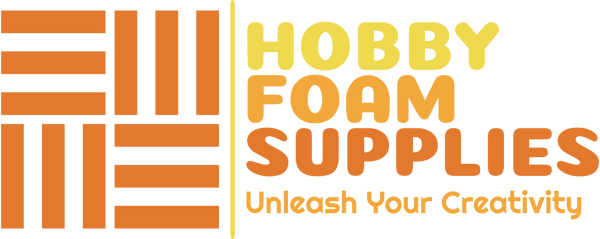Step-by-Step Guide to Building a Diorama: From Concept to Completion
Creating a diorama is a fantastic way to bring your imagination to life. Whether you’re depicting a historical scene, a natural landscape, or a fictional world, the process is both creative and rewarding. Here’s a detailed guide to help you build a diorama from start to finish.
Materials You’ll Need:
- Base material (foam board, plywood, or cardboard)
- Sculpting materials (aluminium foil, clay, or foam)
- Plaster bandages
- Acrylic paints and brushes
- Foliage and texture materials (twigs, moss, sand, model grass)
- Miniature figures and props
- Glue and adhesives (white glue, hot glue)
- Essential tools (scissors, hobby knives, sculpting tools)
- Cutting mat
- Safety gear (goggles, dust mask, gloves)
Step 1: Conceptualize Your Diorama
- Choose a Theme: Decide on the theme or scene you want to create. It could be a historical event, a natural landscape, or a scene from a book or movie.
- Research: Gather information and reference images related to your theme. This will help you include accurate details.
- Sketch Your Design: Draw a rough sketch of your diorama layout, including the placement of major elements.
Step 2: Gather Your Supplies
- Make a list of all the materials and tools you’ll need. Visit your local craft store or order supplies online.
Step 3: Build the Base Structure
- Cut the Base: Cut your base material to the desired size and shape. Ensure it’s sturdy enough to support your diorama.
- Shape the Terrain: Use sculpting materials like aluminium foil or foam to create the basic shape of your terrain. Mould hills, valleys, and other features.
- Apply Plaster Bandages: Cover the terrain with plaster bandages to create a textured surface. Allow it to dry completely.
Step 4: Add Texture and Detail
- Paint the Base: Use acrylic paints to paint the base and terrain. Start with a base coat and add layers for depth and realism.
- Add Foliage and Texture: Incorporate natural elements like twigs, moss, sand, and model grass to add texture and realism. Glue them in place securely.
- Detailing: Use fine brushes to add details like shadows, highlights, and weathering effects.
Step 5: Place Miniature Figures and Props
- Position Figures and Props: Arrange your miniature figures, vehicles, buildings, and other props according to your sketch. Ensure they are proportional to the scale of your diorama.
- Secure with Glue: Use strong adhesives to attach the figures and props to the base. Make sure they are firmly in place.
Step 6: Final Touches
- Inspect and Adjust: Carefully inspect your diorama for any final adjustments. Add any additional details or touch-ups as needed.
- Seal and Protect: If desired, apply a clear sealant to protect your diorama from dust and damage.
Tips for Success:
- Plan Ahead: Take your time in the planning stage to ensure a smooth building process.
- Stay Organized: Keep your workspace clean and organized to avoid losing small parts.
- Experiment: Don’t be afraid to try new techniques and materials to achieve unique effects.
- Patience: Building a diorama can be time-consuming, but patience will yield the best results.
By following these steps, you’ll be able to create a stunning diorama that captures your vision and creativity. Happy crafting!
If you have any specific questions or need further advice, feel free to ask!

